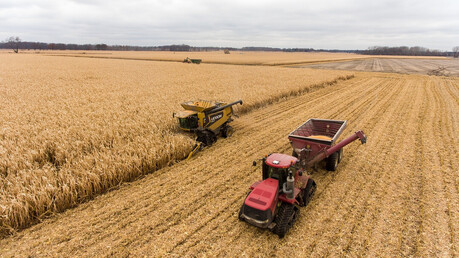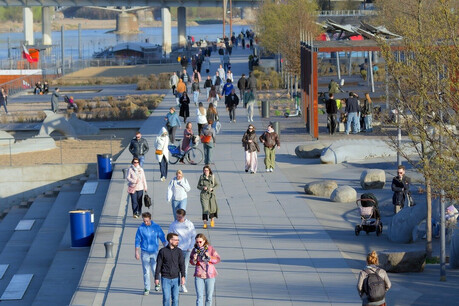
(C) Subaru
Tokyo – The global automotive industry is taking notice as Japanese manufacturers embark on a radical, groundbreaking venture: equipping vehicles with external airbags. While the concept might seem unusual, this bold move is being hailed as a significant step forward, potentially ushering in a new era of road safety for vulnerable users.
From the first seat belts to advanced driver-assistance systems, automotive safety has continuously evolved, dramatically improving protection not only for drivers but also for pedestrians, cyclists, and motorcyclists.
A Focus on Saving Lives Amidst EV Race
In the fiercely competitive electric vehicle (EV) market, Japan is reaffirming its commitment to reducing traffic accidents and saving lives. As technology advances, the car is transforming into a true "Guardian of Safety," protecting everyone on the road. The integration of artificial intelligence (AI) and connectivity is now making safety systems capable of anticipating and preemptively responding to dangers a reality.
Vehicle safety systems are categorized into two main areas:
Active Safety: Technologies designed to prevent accidents while driving (e.g., Electronic Stability Control (ESC), Anti-lock Braking System (ABS), and driver assistance systems).
Passive Safety: Measures focused on minimizing harm when a collision is unavoidable (e.g., airbags, seat belts, and impact-absorbing body structures).
It is in the Passive Safety domain that Japan is demonstrating this latest innovation, signaling a determination to eradicate road safety hazards.
Subaru Unveils the World's First External Airbag for Cyclists
Japanese automaker Subaru has introduced the world's first external airbag specifically designed to protect cyclists involved in a collision with a vehicle. This system has the potential to drastically reduce injury severity in an accident.
The new feature is included in the updated Forester model. Its design specifically targets cyclists, who represent one of the most vulnerable groups in urban traffic.
Advanced Protection for High-Risk Areas
This external airbag system marks a crucial progression in the evolution of active and passive vehicle safety. Previous tests of external airbag technology (dating back to 2016) were primarily limited to protecting pedestrians. Cyclists, who travel at a relatively higher position, were only partially protected by those earlier designs.
The new airbag deploys from the bottom edge of the windshield and extends to cover the sides of the glass. Crucially, it protects the A-pillar (the front roof support column), one of the hardest and most dangerous structural points of the car. By covering this area, the system significantly reduces the risk of severe head and neck injuries that cyclists commonly sustain in collisions. Subaru has also improved the airbag's upper and lower panel fixings to ensure stable functionality during impacts with both cyclists and pedestrians.
International Future Remains Unconfirmed
Currently, this innovative safety technology is only available in the Japanese market. Subaru has not provided specific details regarding plans for its introduction in other countries, such as Europe, Latin America, or the United States.
However, given the growing global emphasis on the safety of vulnerable road users, including pedestrians and cyclists, there is a strong possibility that this system could achieve international distribution in the not-too-distant future.
While the adoption of external airbags may initially seem unconventional, Japan's move is recognized as a major innovation with the potential to fundamentally shift the paradigm of automotive safety, offering the ultimate solution for protecting cyclists in the event of a crash.
[Copyright (c) Global Economic Times. All Rights Reserved.]






























